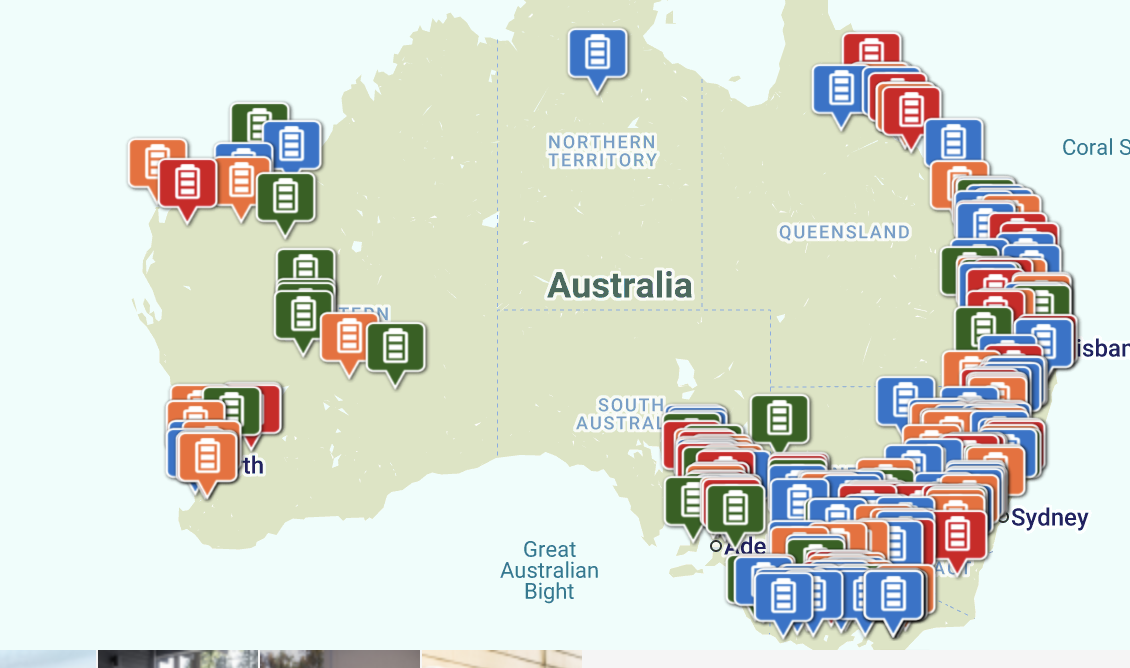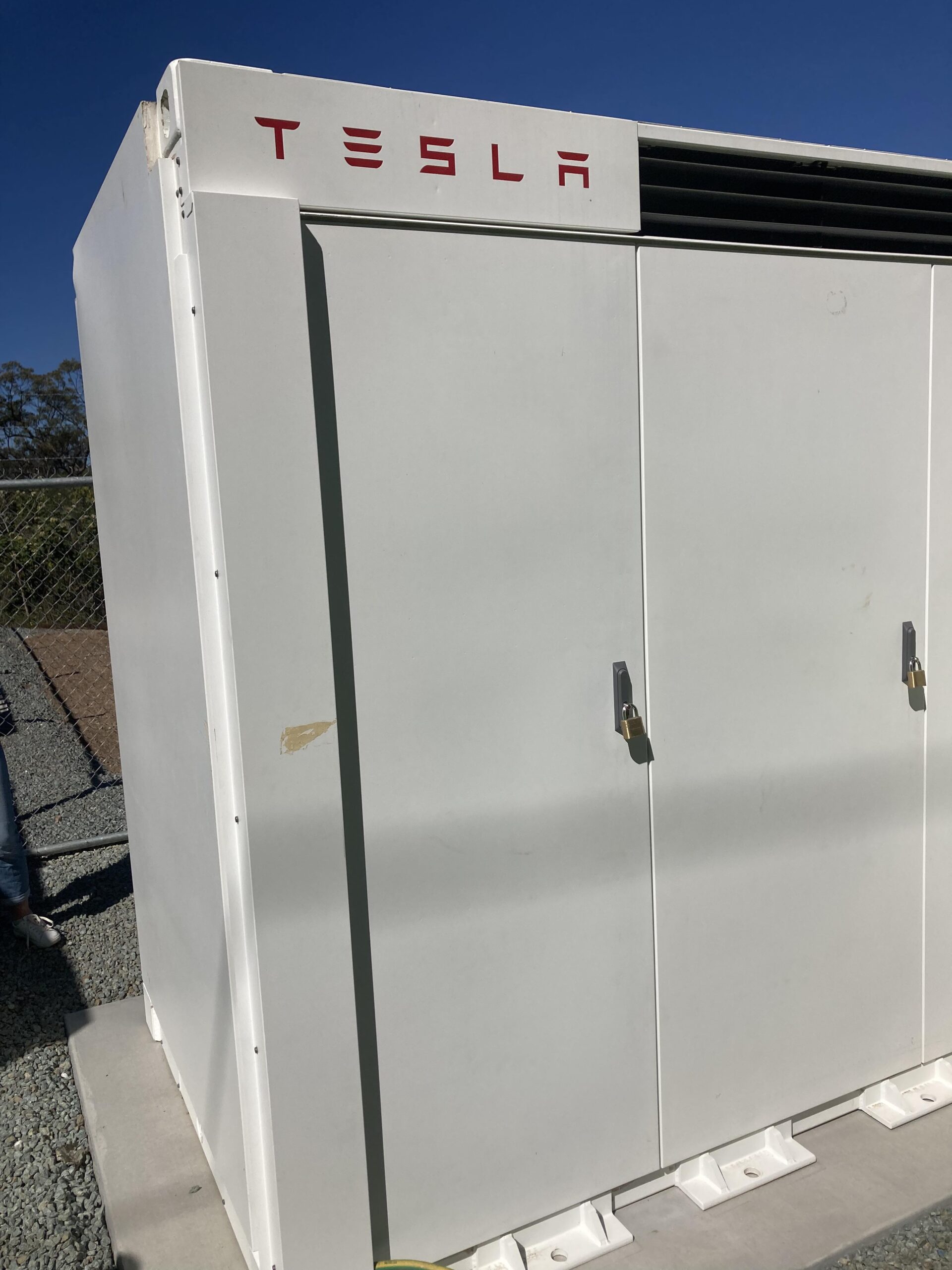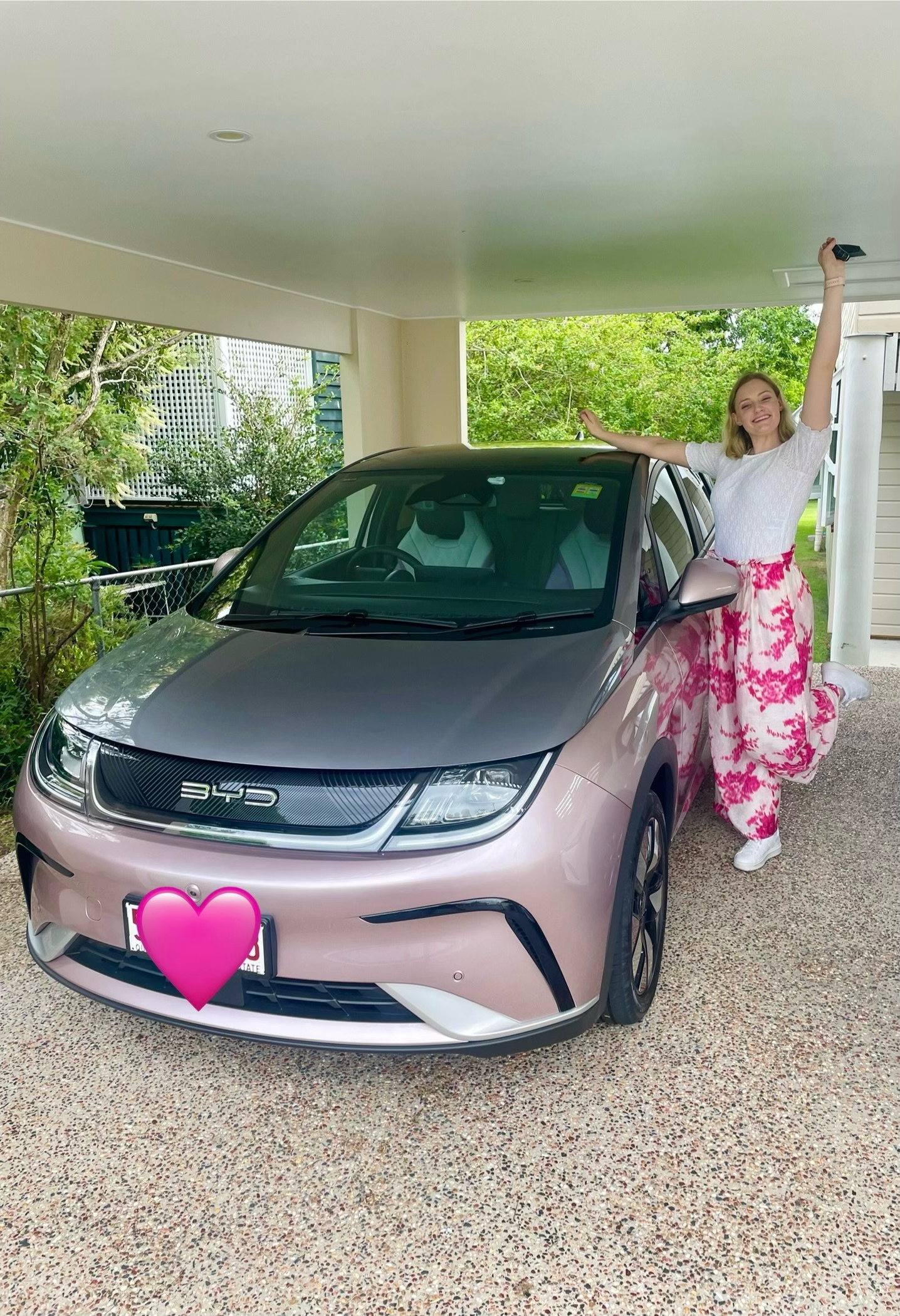Support CleanTechnica’s work through a Substack subscription or on Stripe.
As well as the boom in home battery installations in Australia, thanks to the government’s Cheaper Home Battery program, there is also a virtual explosion in the numbers of big batteries proposed, built, and commissioned across the country. You can see the big picture here courtesy of Renew Economy:

Gone are the days when opponents characterised the Hornsdale Power Reserve as being “as useful as a big banana.” The Tesla Big Battery has proven its worth, and better yet, made money, so international companies are now rushing in to build batteries and soak up the excess power that Australia’s abundant sunshine provides. This will reduce both the solar duck curve — lead to skinny ducks — and the amount of gas being used to generate electricity. So much power is being generated in the middle of the day that the federal government will mandate power companies to offer free electricity for three hours a day from next July.
Of course, the Chinese are involved. Trina Storage, a division of Trinasolar, plans to deliver up to 5 GWh of battery energy storage systems between 2026 and 2028 for the Australian grid. Trina recently signed an MOU with UK-based Pacific Green. These BESS, when completed, “will be capable of storing and dispatching up to five billion watts per hour into the grid, strengthening reliability and accelerating the clean energy transition toward a low-carbon future.”
Trina Storage will supply the BESS, and Pacific Green will oversee development and project delivery over multiple sites. Pacific Green currently manages a 7 GWh pipeline in Australia. Trinasolar has already partnered with Marubeni to provide the 1.5 GWh Vertex N module supply and the Limestone Coast North Energy Park Project in South Australia.

From Energy Storage News, we find that Akaysha Energy has secured finance from Black Rock (and a consortium of international and domestic banks) for its 311 MW/1,244 MWh Elaine BESS in Victoria, Australia. Elaine is located in southwest Victoria and will be able to connect to the National Electricity Market (NEM) through existing transmission lines. The strategic position of the Elaine BESS will enable it to manage transmission outage risks and support the integration of wind and solar generation into the grid. Tesla will supply the battery technology. Construction began last month. Akaysha has signed an offtake agreement with Snowy Hydro.
Akaysha recently achieved commercial operation of the 350 MW/700 MWh Waratah Super Battery in New South Wales. It is expected to come into full operation later this year. “Once fully operational, the Waratah Super Battery will be 850MW/1,680MWh in size and help prevent blackouts across New South Wales. […] The utility-scale BESS has already played a major role in preventing blackouts in Australia. In early November 2025, it was drafted to maintain 96MWh of energy storage to the National Electricity Market (NEM) at 15:00 amid surging demand throughout a heatwave.”
“The strong support from lenders reflects the critical role that battery storage plays in the NEM, and Akaysha Energy’s ability to deliver complex projects at scale,” Wegman stated.
To the north, in New South Wales, Grupo Cobra of Spain is developing the Strontium Solar Farm near Narrandera. The proposed hybrid solar and BESS project will include up to 370 MW of solar and a 335 MW/670 MWh battery. It is expected to cover 670 hectares. It is in the planning and approval stage.
The site is used for cropping but will transition to agrisolar with sheep grazing amongst the panels. These panels will be mounted on trackers at a height of 2.8 metres, allowing the sheep plenty of access to fodder, and shade. The site already has a 330kV transmission line in place that will allow connection to an on-site substation. Construction is expected to take two years and generate up to 200 jobs.
Meanwhile, in the far north — that is the Northern Territory — SunCable is planning to build a solar farm to power future data centres. You will remember SunCable from its plan to harvest solar in Australia and send it by undersea cables to Singapore. That project is continuing. SunCable is backed by Australian billionaire Mike Cannon-Brookes.
SunCable is proposing to build a second solar farm at Muckaty Station to provide power for a data centre precinct in the Northern Territory of Australia. SunCable “says it is in talks with some of the biggest technology giants in the world about building a data centre precinct.” Hyperscalers — tech companies with big cloud computing services — are seeking off-grid infrastructure support for their AI energy demands. SunCable is planning to provide it. The Muckaty station hybrid project could supply up to 20 GW of power.
“If a deal goes ahead, the hyperscalers would have access to several hundred megawatts of solar energy from 2028 with a view to scale to multiple gigawatts over time,” reports the Australian Financial Review. Now, that’s future proofing your business! “There is a role for grid-connected data centre assets,” Willemsen-Bell SunCable’s chief executive said. “SunCable can complement this with access to an off-grid resource that will reduce impact on the delicate energy balance of the National Electricity Market.”
CleanTechnica has previously published stories about the Western Australian town of Collie, where the town council refused to have solar panels placed on the roofs of town buildings in solidarity with the local coal mine. What a difference a few years make. Now the town has not one, but two, BESS and has become a centre for renewable energy. You can see the video here:
The Collie storage batteries are two of Australia’s biggest. The first, Neoen’s 560 MW/2.2 GWh project, is already operating. Synergy’s 500 MW/2 GWh battery has begun charging and discharging into the grid for the first time in the last two weeks. These batteries will soak up excess midday solar and release it during peak hours — thus, squeezing out more gas. State-owned Synergy will close the remaining three coal-fired power station units in the next four years. The resulting loss of 1000 MW of generating power will be replaced by solar, firmed by batteries.
Renew Economy quotes Rystad Energy’s Sally Bogle: “The recent energization of Synergy’s CBESS facility means operational BESS capacity in Western Australia’s main grid has surpassed coal power for the first time. Big batteries are now the third-largest source of capacity in the Wholesale Electricity Market (WEM) with a 15% share. If all goes to plan, this will rise to 34% by 2030 when BESS capacity could exceed 4 GW/18 GWh.
“The opportunity to time-shift WA’s high and rising rooftop solar output to the evening peak is enabling BESS operators to earn revenue from real-time trading and price arbitrage. It’s also alleviating curtailment at standalone wind and solar farms and helping the ‘duck’ lose a bit of weight.”
Gas-free skinny ducks, good news indeed.
Sign up for CleanTechnica’s Weekly Substack for Zach and Scott’s in-depth analyses and high level summaries, sign up for our daily newsletter, and follow us on Google News!
Have a tip for CleanTechnica? Want to advertise? Want to suggest a guest for our CleanTech Talk podcast? Contact us here.
Sign up for our daily newsletter for 15 new cleantech stories a day. Or sign up for our weekly one on top stories of the week if daily is too frequent.
CleanTechnica uses affiliate links. See our policy here.
CleanTechnica’s Comment Policy




